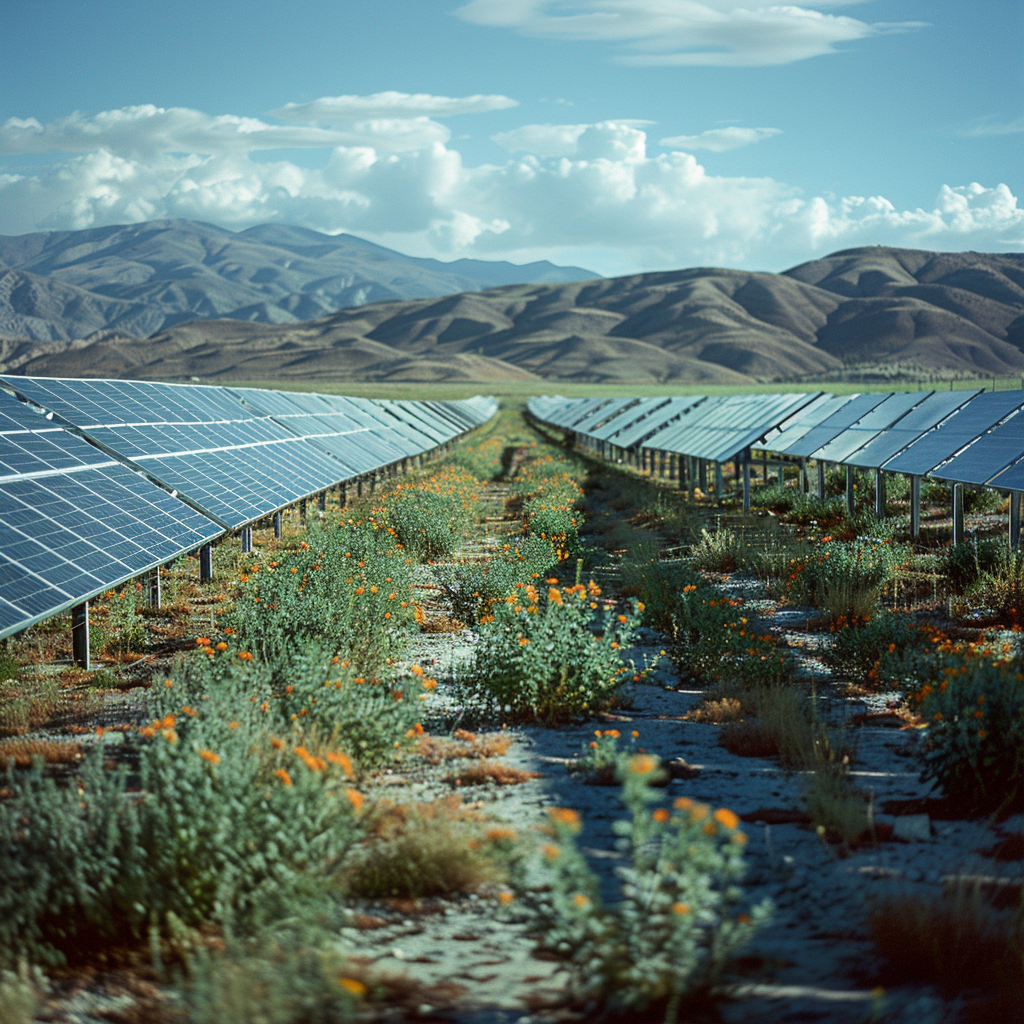As more businesses and homeowners look to embrace sustainable energy, solar panels have become an increasingly popular choice. But how exactly do these systems turn sunlight into usable electricity? Let’s break it down.
1. The Basics: Photovoltaic Effect
At the core of every solar panel is the photovoltaic (PV) cell. These cells are made from semiconductor materials, typically silicon, which generate electricity when exposed to sunlight. This phenomenon is known as the photovoltaic effect.
When sunlight hits the PV cells, it knocks electrons loose from atoms in the semiconductor material. These freed electrons create an electric current, which is then captured by wiring within the panel. This direct current (DC) electricity is generated continuously as long as sunlight is available.
2. Inverter: Converting DC to AC
The electricity produced by the solar panels is in the form of direct current (DC), but most homes and businesses use alternating current (AC) electricity. That’s where the inverter comes in.
The inverter’s role is to convert the DC electricity generated by the solar panels into AC electricity, making it compatible with your appliances and devices. Once the conversion is complete, the electricity can be used to power your building or sent to the electric grid.
3. The Role of the Electrical Grid
If your solar system generates more electricity than you need, that excess energy can be sent back to the grid through a process known as net metering. In many places, utility companies provide credits for the energy you supply, effectively lowering your energy bills.
On the flip side, during times when your solar panels aren’t producing enough electricity (like at night or on cloudy days), you can draw power from the grid to make up the difference.
4. Battery Storage (Optional)
Some solar systems include battery storage, allowing you to store excess electricity produced during the day for use at night or during power outages. This option gives you more energy independence and can be particularly useful for businesses that want to avoid downtime.
5. Durability and Maintenance
Solar panels are designed to be durable and require very little maintenance. Most systems last 25 to 30 years, and regular cleaning or occasional checks to ensure there’s no debris or shading on the panels is usually all that’s needed to keep them operating efficiently.
Conclusion: Powering the Future
By converting sunlight into usable electricity, solar panels provide a clean, renewable energy source that can power your home or business while reducing your environmental footprint and saving on utility costs. As the technology continues to evolve, solar energy will only become more efficient and accessible.
If you’re considering installing solar panels, contact a professional to help determine the right system for your energy needs. Embrace the power of the sun and make a positive impact on both your energy bills and the environment!


